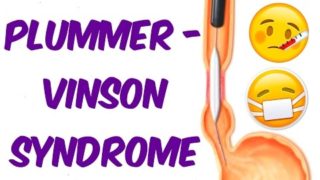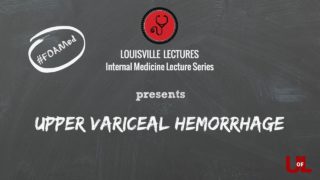What is Gastroesophageal reflux disease (GERD) – Acid Reflux
Gastroesophageal Reflux Disease (GERD) - MADE EASY
This video tutorial is brought to you by: Ali Feili, M.B.A., M.D.
More info on Gastroesophageal Reflux Disease (GERD): http://www.medical-institution.com/gastroesophageal-reflux-disease-gerd-video-tutorial-signs-symptoms-diagnosis-treatment/
✔ FREE Medical Videos: https://freemedicalvideos.com/
✔ Website: http://www.medical-institution.com/
✔ Facebook: http://www.facebook.com/Medicalinstitution
✔ Twitter: https://twitter.com/USMLE_HighYield
✔ Google Plus: https://plus.google.com/u/0/+Medicalinstitution
✔ Patron: https://www.patreon.com/medicalinstitution
✔ Pinterest: https://www.pinterest.com/medicalinstitut/
✔ Instagram: https://www.instagram.com/Medical_institution_USMLE/
The information in this video is intended for educational purposes only, and should not be interpreted as medical advice. Please consult your physician for advice about changes that may affect your health.
What is Gastroesophageal reflux disease
Gastroesophageal reflux disease explained
Gastroesophageal reflux disease Signs and symptoms
Gastroesophageal reflux disease diagnosis
Gastroesophageal reflux disease treatment
Gastroesophageal reflux disease Made easy
GERD Made Easy
GERD reflux disease explained
GERD Signs and symptoms
GERD diagnosis
GERD treatment
What is Barrett's esophagus?
What is Acid reflux?
How to prevent Acid reflux
What is heartburn
natural tricks to destroy acid reflux
Symptoms of heartburn
Symptoms of Acid reflux
Symptoms of GERD
Symptoms of Gastroesophageal Reflux Disease
Natural remedies for the treatment of acid reflux,
How to treat acid reflux naturally, simple steps to eliminate acid reflux,
How to beat acid reflux naturally,
What causes acid reflux







Comments are closed.